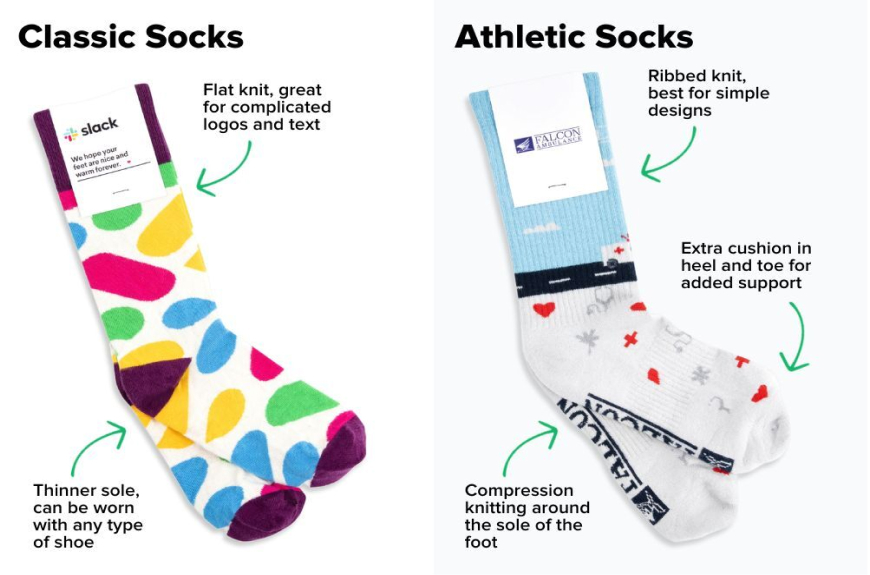Diabetic socks are a specialized type of footwear designed to address the unique needs of individuals living with diabetes. These socks offer various benefits and can be crucial for maintaining foot health in diabetic patients. While they may seem like a simple accessory, diabetic socks play a significant role in preventing complications and promoting overall well-being for those managing this chronic condition.
What Are Diabetic Socks?
Diabetic socks are specially crafted to reduce pressure on the feet, prevent blisters, and keep feet dry. Unlike regular socks, they are designed with features that cater to the specific needs of diabetic individuals. These socks are often made from moisture-wicking materials and have seamless toes to minimize irritation and reduce the risk of foot injuries.
Benefits of Diabetic Socks
One of the primary benefits of diabetic socks is improved circulation. They are typically non-binding and don't have elastic bands that can constrict blood flow. This feature is particularly important for diabetics who often experience poor circulation in their extremities. Additionally, these socks help in maintaining proper foot temperature, which is crucial for individuals with diabetes who may have reduced sensitivity in their feet.
Moisture management is another key benefit. Diabetic socks are designed to keep feet dry by wicking away sweat and moisture. This is essential in preventing fungal infections and reducing the risk of blisters, which can lead to more serious complications in diabetic patients.
Why Diabetic Socks Are Necessary
For individuals with diabetes, foot care is of utmost importance. Diabetes can cause nerve damage (neuropathy) and reduced blood flow to the feet, making them more susceptible to injuries and infections. Even minor cuts or blisters can potentially lead to serious complications if left unattended.
Diabetic socks serve as a protective barrier, reducing the risk of foot injuries and helping to maintain overall foot health. They provide extra cushioning in high-impact areas, which is particularly beneficial for those with reduced sensation in their feet. This added protection can prevent blisters, cuts, and other injuries that might go unnoticed due to neuropathy.
Choosing the Right Diabetic Socks
When selecting diabetic socks, it's important to consider factors such as material, fit, and specific features. Look for socks made from breathable, moisture-wicking fabrics like bamboo, merino wool, or specialized synthetic blends. Ensure that the socks fit well without being too tight or loose.
Some diabetic socks come with additional features like extra padding in high-pressure areas or antimicrobial properties to further reduce the risk of infections. While these features can be beneficial, it's essential to choose socks that best suit your individual needs and preferences.
The Importance of Quality
When it comes to diabetic socks, quality matters. Opting for well-made socks from reputable manufacturers can make a significant difference in terms of comfort, durability, and effectiveness. High-quality diabetic socks are an investment in foot health and overall well-being for individuals managing diabetes.
Beyond Medical Necessity
While diabetic socks serve a crucial medical purpose, they don't have to be boring or purely functional. Many manufacturers now offer diabetic socks in various styles and designs, allowing individuals to express their personality while taking care of their health. This trend towards more stylish medical wear is part of a broader movement in customizable and personalized accessories.
Wrapping Up
Diabetic socks are more than just a simple accessory; they are an essential tool in managing diabetes and maintaining foot health. By providing improved circulation, moisture management, and protection against injuries, these specialized socks play a crucial role in preventing complications associated with diabetes. Whether you're living with diabetes or caring for someone who is, understanding the benefits and necessity of diabetic socks is an important step in comprehensive diabetes management.


